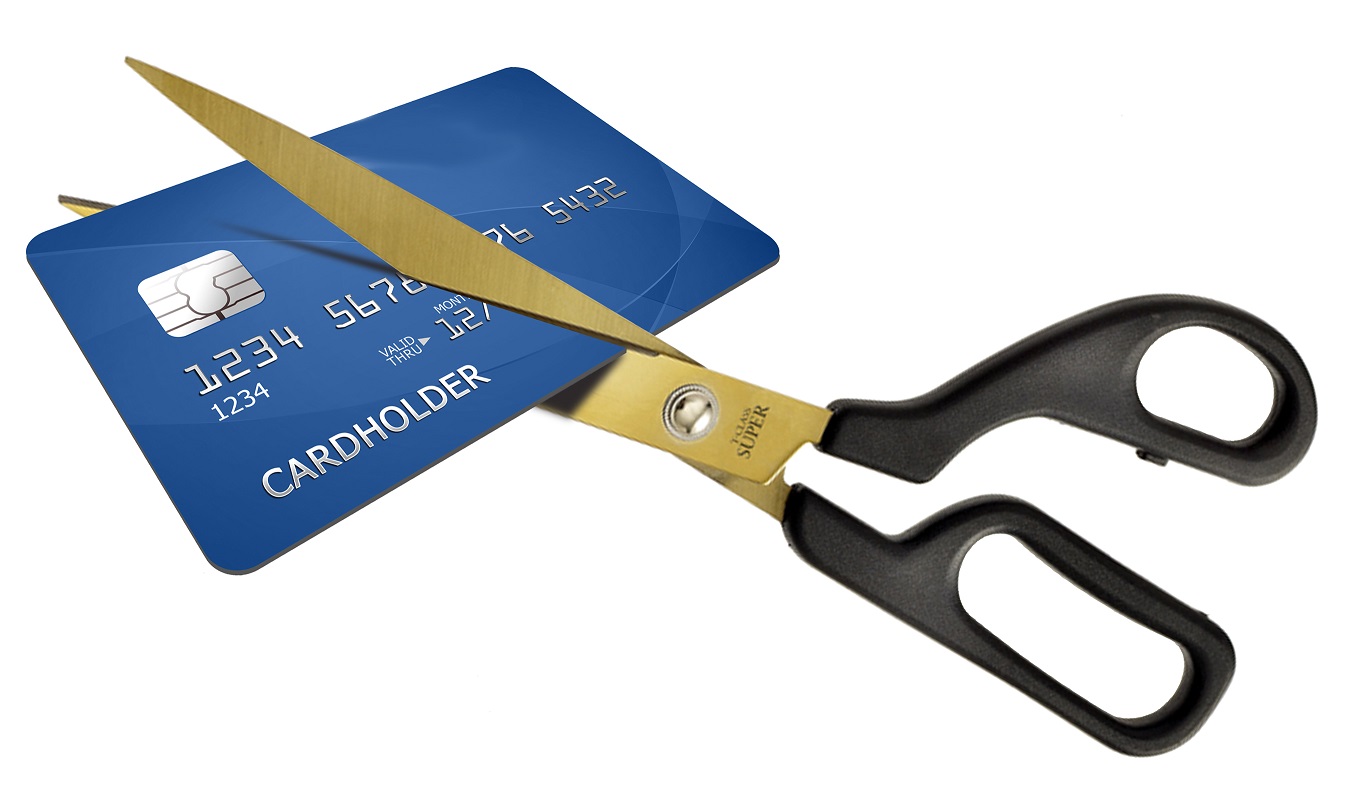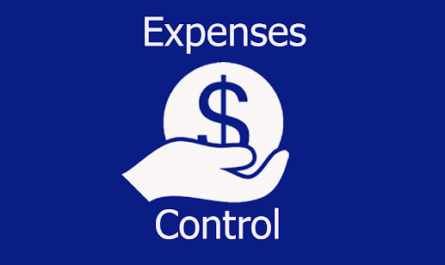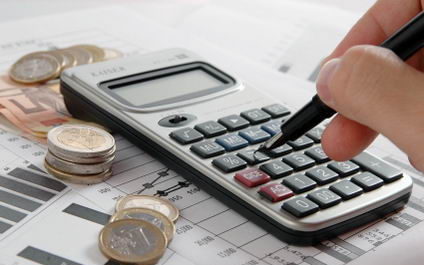If you are struggling to stick to spending limits? Here are 5 Tips to get your credit card spending under control.
1. Consider sticking to one credit card
If you are trying to maximize credit rewards, using multiple cards often seems like a good idea. After all, you can use one card that offers bonus rewards on dining out for restaurant purchases and another card that provides added points, miles, or cash back on gas and groceries for those types of purchases.
But if you’re struggling to keep your credit card spending under control, juggling multiple cards is only going to make things more difficult. So for the time being, consider using just one general purpose card. You can stick to one that offers the best cash back or points rate for everyday spending and more easily keep track of your current balance. You’ll also limit the damage you can do because you won’t be able to max out multiple cards.
2. Set a spending limit for yourself
You’ll also want to make a budget and set limits for different categories of discretionary spending. If you have not allocated a set amount for dining out or entertainment, it’s really hard to know when you’ve gone overboard.
Figure out what your income is, how much money goes toward fixed expenses, how much you should be saving, and how much you have left over. Then, decide how to spend the spare cash you have left after covering the essentials so you can get the best value for your money. As soon as you have spending limits, you have a guide in place that will tell you if you are overspending.
If you don’t want to go through a detailed budgeting process, you can also take a different approach: Figure out how much of your income you can put toward discretionary purchases and then see what you can charge on your card without exceeding it. The 50-30-20 budget is an easy way to do this and involves limiting essential spending to 50% of income, spending on wants to 30%, and saving 20%.
If you bring home $3,000 per month, and you know you can spend 30% of monthly income on discretionary expenses, then you have $900 available to spend. So your monthly spending limit on your credit card should be $900 — assuming you use your card only for these discretionary purchases. As soon as you’ve hit that amount, you have to stop spending for the month.
3. Keep track of your current credit card balance
After you’ve set a limit for how much you can charge each month, you’ll want to keep track of how you’re doing. You can do this by signing into your online credit card account on a regular basis.
Depending on how often you charge things, you can sign in daily or sign in weekly to see what your current card balance is. Compare the amount you’ve charged to the cash you have available to pay off your bill or to the spending limits you’ve set for yourself.
If you’ve hit your spending limit or you won’t have enough money to pay off your balance in full at the end of the month, stop charging immediately so that you don’t get yourself into credit card debt.
4. Look into apps that alert you when you’re overspending
Many apps allow you to set customized alerts when your credit card balance hits a certain level.
You can also use budgeting apps to set spending limits on specific spending categories and link your accounts to the app so you can easily track whether you’re sticking to your limits. Many of these apps will alert you when you get close to your budgeted amount or exceed your limit.
If you use these apps, you can be notified right away when you’re starting to charge too much — even if you forget to check your card balance. This will let you know that it’s time to stop spending.
5. Remove your credit cards from your online accounts
If you tend to have a problem with overspending on online shopping, simply removing your cards from your online accounts can make a big difference.
When your card is stored, it’s really easy to buy things without thinking about it — especially because many websites facilitate one-click purchases. If you have to manually type in your card number, on the other hand, this requires much more of an effort on your part and is likely to make you think more carefully about the purchases you’re making.


